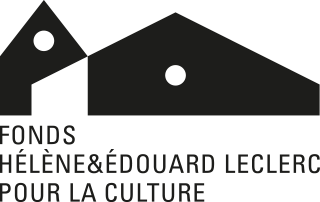- Publié le 14/09/2016
- Par Équipe Médiation
Sculpture et céramique
Dans les années 1950, le peintre est tenté par l’aventure de la céramique. Un autre monde s’ouvre à lui dans différents ateliers de poterie établis sur la Côte d’Azur, près de chez lui, à Vence. Il déclare à son ami Charles Sorlier en 1972 : « Dans la céramique, la sculpture, qu’est-ce que j’apporte, moi, à la matière ? Peut-être le souvenir de mon père, de ma mère, de mon enfance, et des miens pendant mille ans… Peut-être aussi mon cœur. Il faut être humble devant la matière, soumis ! La matière est naturelle et tout ce qui est naturel est religieux ». Une fois de plus, le créateur dialogue avec la poésie. Ainsi, Chagall fait ressurgir la sculpture de temps plus anciens et inclut une sorte de rêverie à laquelle celle-ci, avant lui, n’était pas habituée.
In the 1950’s, Chagall the painter ventured into ceramics. Another world opened up to him in the different pottery workshops installed along the Côte d’Azur, near his residence in Vence. “In ceramics and sculpture, what could I bring to this material? Perhaps the memories of my father, my mother, my childhood, and my ancestors for a thousand years... Perhaps also of my heart. One has to be humble before the material, very humble! It is a natural material and all that is natural is religious”, he said to his friend Charles Sorlier in 1972. Once again, Chagall the creator is engaging with poetry, retrieving sculpture from ancient times and incorporating a dream-like quality, hardly ever seen before.
S'ABONNER AUX NOUVELLES DU FONDS
FHEL
POUR LA CULTURE
AUX CAPUCINS
29800 LANDERNEAU (FRANCE)
02 29 62 47 78





